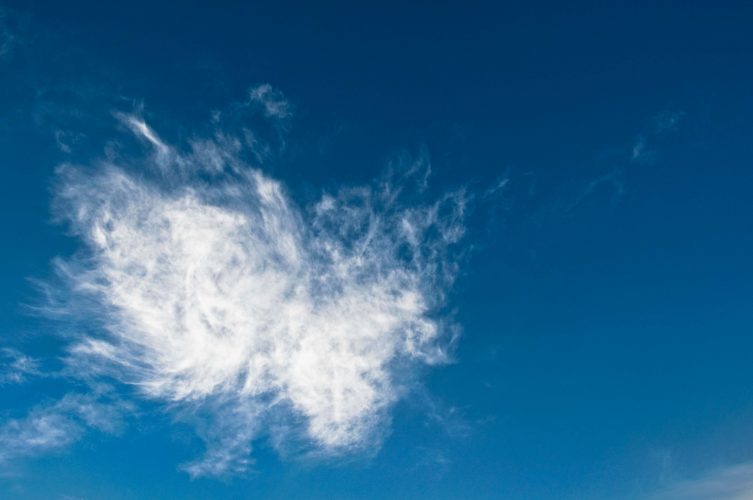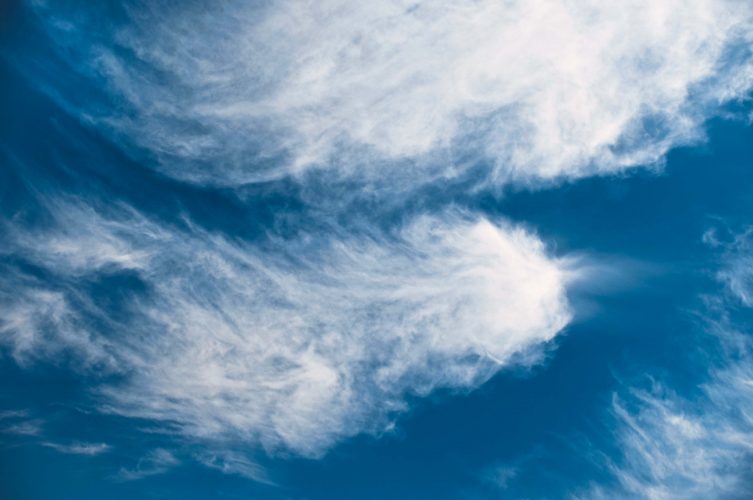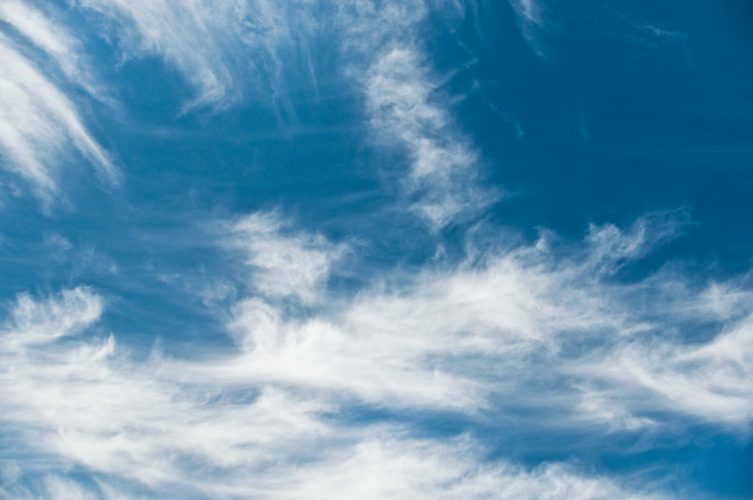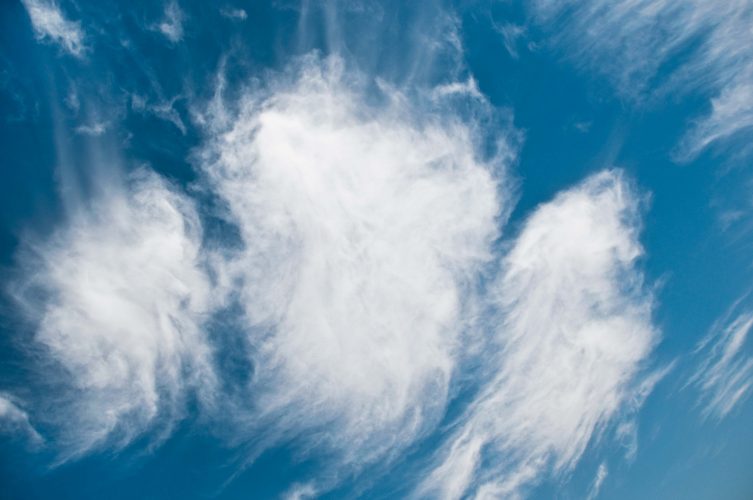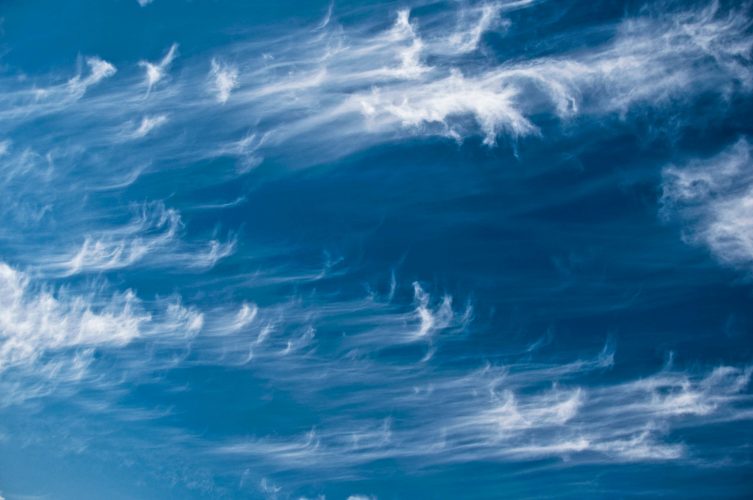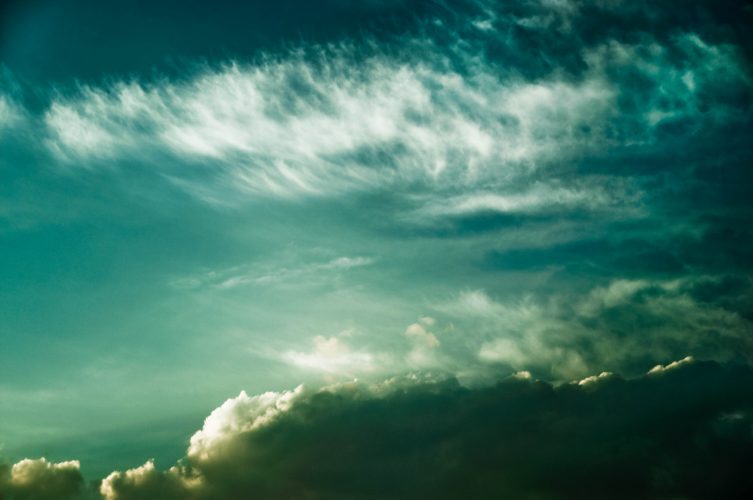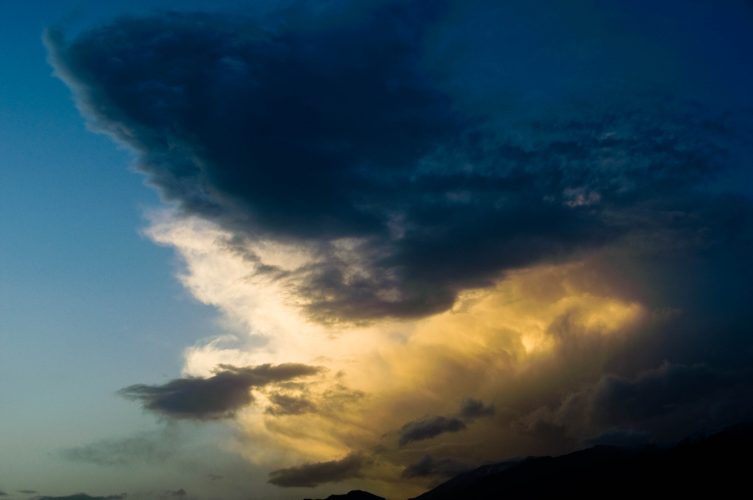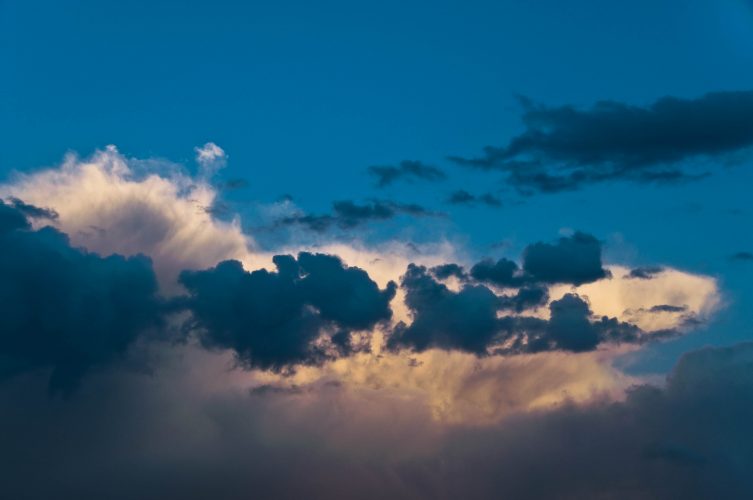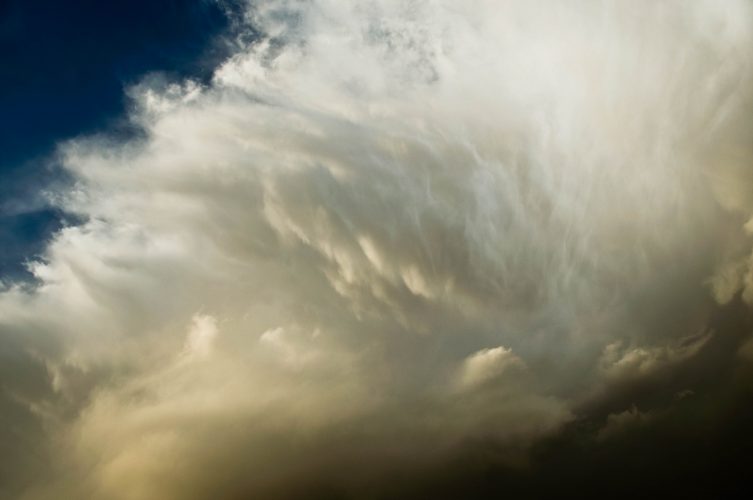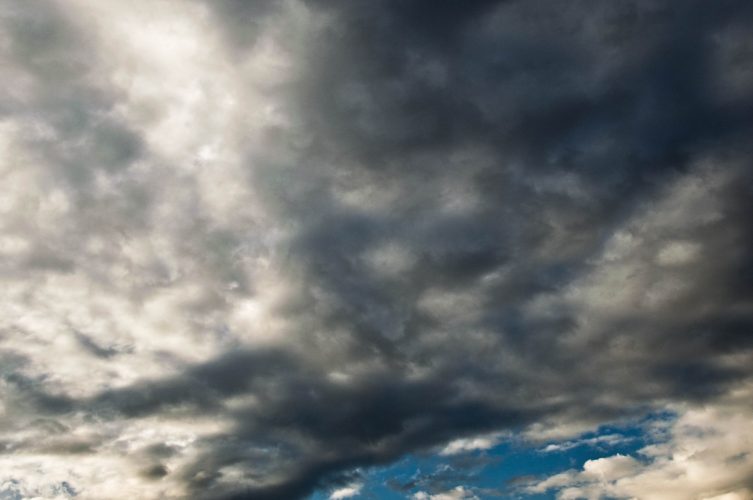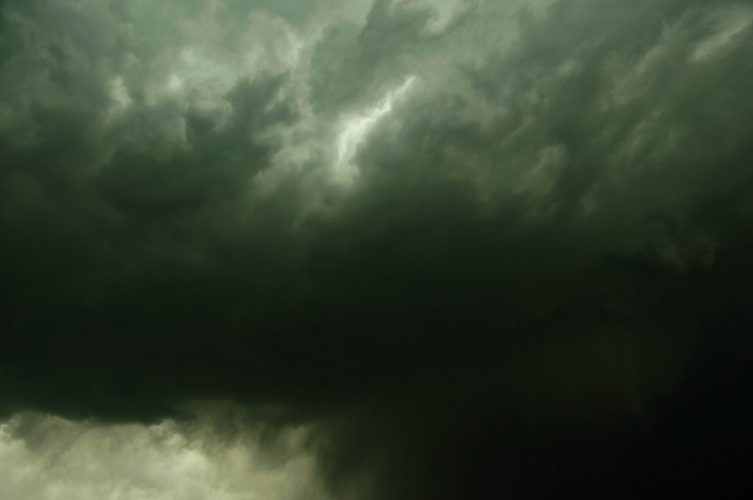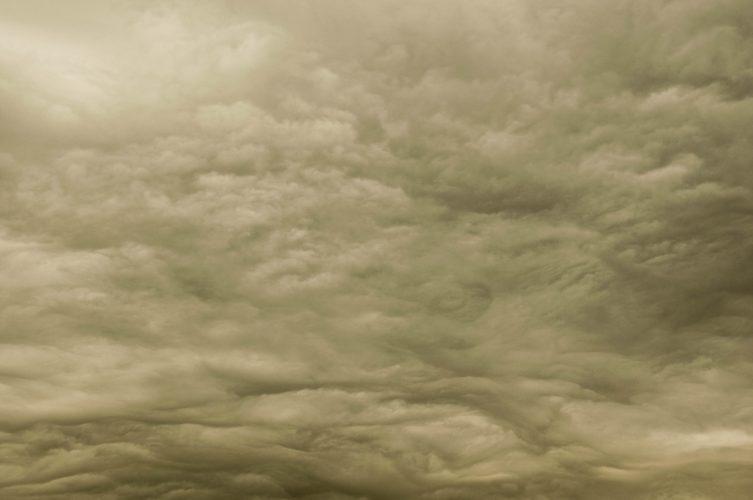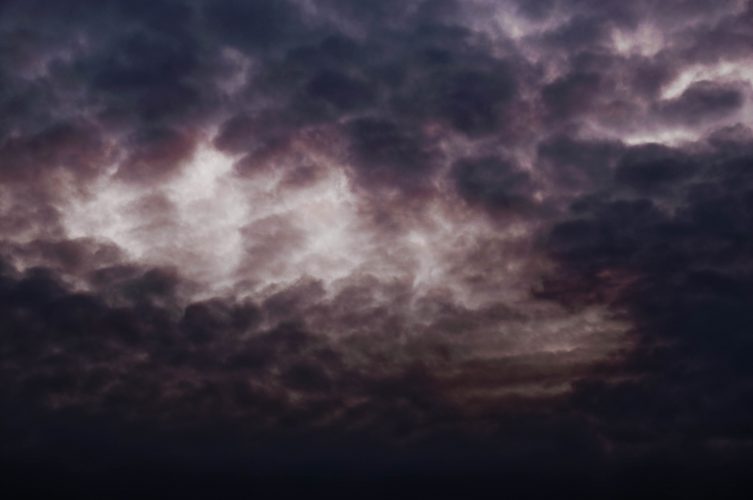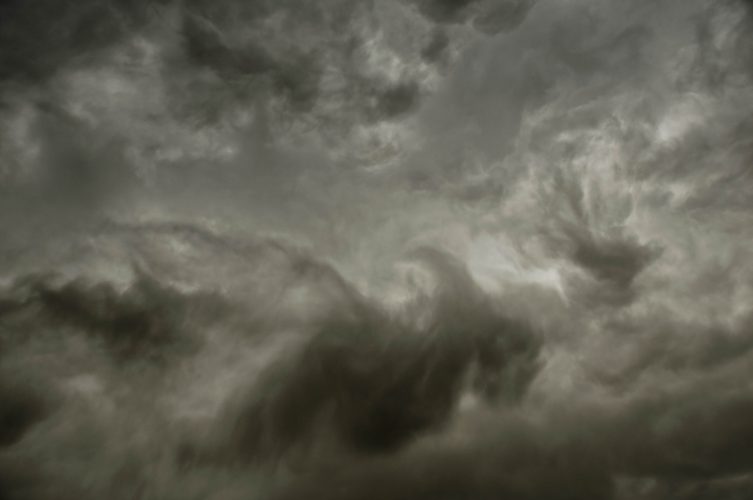Drifting clouds
Not so long ago T.S Eliot wrote one of his essays which became one of the most influential in modern art. In it, he writes: ‘The only way of expressing emotion in the form of art is by finding an ‘objective correlative’; in other words, a set of objects, a situation, a chain of events which shall be the formula of that particular emotion; such that when the external facts, which must terminate in sensory experience, are given, the emotion is immediately evoked.’
It seems that what Eliot wrote about the ‘objective correlative’ has worked for the process of creation of an emotional reaction in all epochs. In fact, the artist has never had any other means of creating and never would the differences between works of art in different eras be considered as the variations in the minds of artists and not for a change in the objective correlative’ formula. The criterion for an artistic mind to make a choice between objective elements may come from a mythical creed, individual feelings or social thoughts.
Now if we consider photography as a medium that has an unbreakable connection with objectivity, there is no doubt that this idea would be true in a general sense and it provides a starting point with which to approach the images of Mohammad Ali Maghsoodi, a young photographer who is presenting here with twenty-one examples of his work.
Around, one hundred years ago – according to his wife, Georgia – Alfred Stieglitz as a consequence of his depression and loneliness spoke to the clouds instead of talking to people. He chose clouds to expose his feeling along with a sense of transcendental righteousness and now Mohammad Ali has chosen the same subject this time to reflect on his own country’s social conditions.
Without a doubt, the reflection of Iran in the sky is highly impressed by a metaphoric discourse which in this case means one object that is organized by similarity replaces another. Here, the artist, as a result of his own subjectivity, has chosen the kind of similarity and objective element. Therefore, here there is no kind of metonymy and syntagm and that is why we cannot analyze the social structure through watching the images of the sky but through the artist, we can see the difference of a different point of view of the people living in this country and have their own interpretation of Iran’s sky.
He has divided his photos into three different categories by interviewing various social points of view. The first group of images with blue sky and white clouds suited the group who as a result of the political and religious beliefs sees the current social conditions as being quite positive. The second group of images which have the challenge between the sun and the clouds moreover with unexpected shapes of clouds represents the opinion of people who believe problems that have effects on the general direction of the society are avoidable. They believe that the numerous problems facing Iran today should be discussed and solved as soon as possible. The last group with the dark sky and dusky atmosphere belongs to those who consider that the condition of society is getting worse and they believe that perhaps only the passage of time can cure these problems. According to their beliefs, there is no working solution and reliable ways that can be carried out. The audiences will find their own place in these three categories.
The artist consciously insisted on taking all photos of the same sky from his own roof in Tehran merely as an objective and neutral viewer (these two words, which represent two separate concepts in Farsi, can be combined into one English word) And now after having experienced contextual art, we fully understand how hard it is to have perseverance in being the person who takes no part in a contest.
In the end, we leave with the impression that he has created by controlling the technical and aesthetic elements. His photos are impressive and spectacular without having the clichéd romantic sense of the classical photography of clouds. What is more unexpected is the sky’s diversity in the same place. Andrei Arsenyevich Tarkovsky, the well-known Russian filmmaker, once said he loved Earth because in space there is only dust and vapour in opposition to what Tarkovsky said. The sky of Mohammad Ali’s images smells like a very living thing, perhaps due to the fact that we are people who are used to looking at the sky so much. The idea of this text’s title in English comes from a film by the Finnish independent filmmaker, Aki Kaurismaki, which was produced in 1996.
This introduction was written by Mehdi Moghimnejad, who is a photographer, researcher and preceptor of art semiotics and photography criticism at Tehran University of Art.
